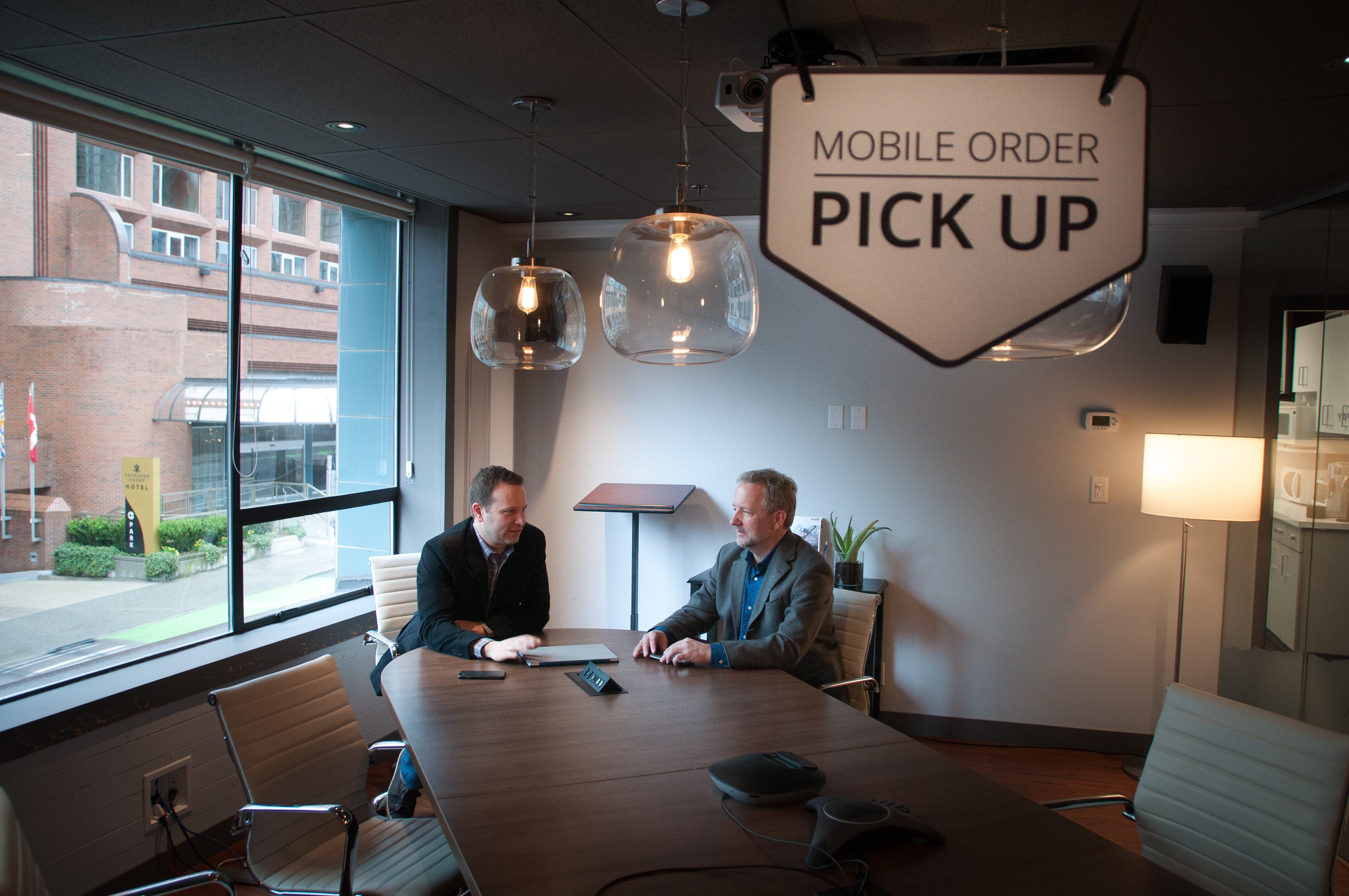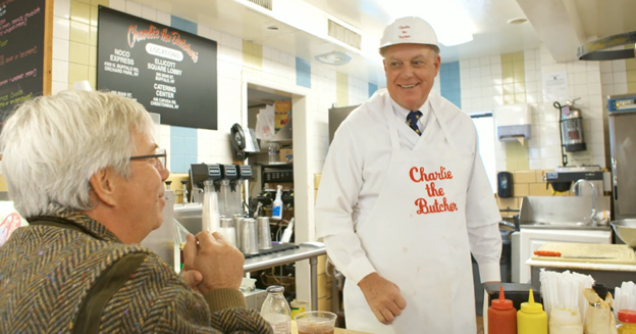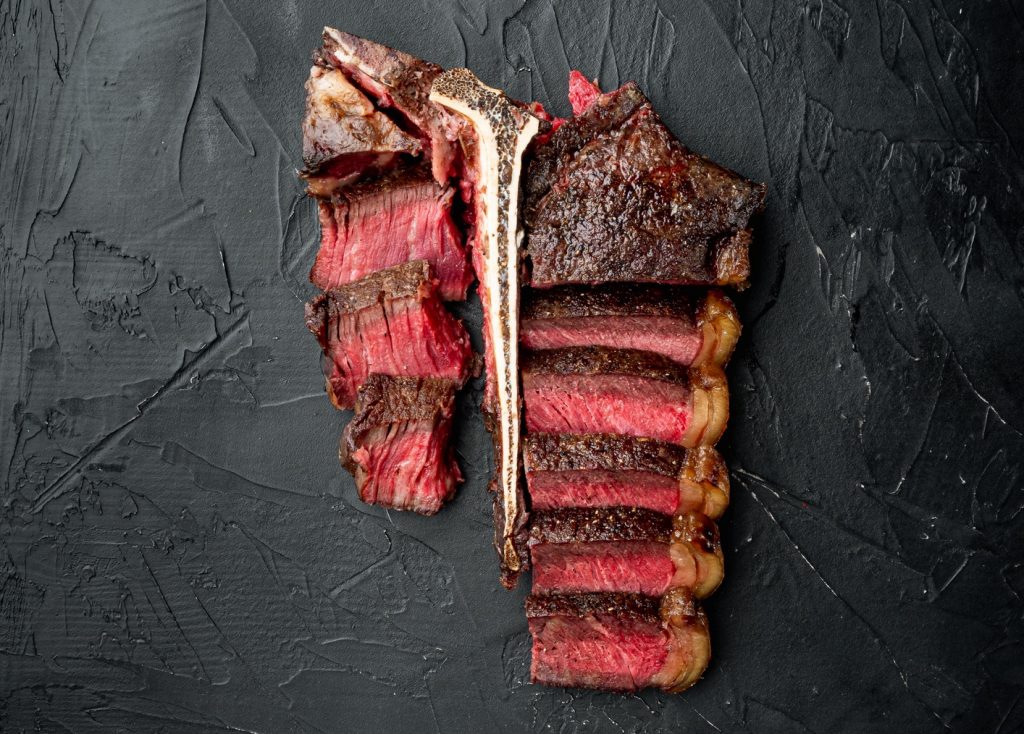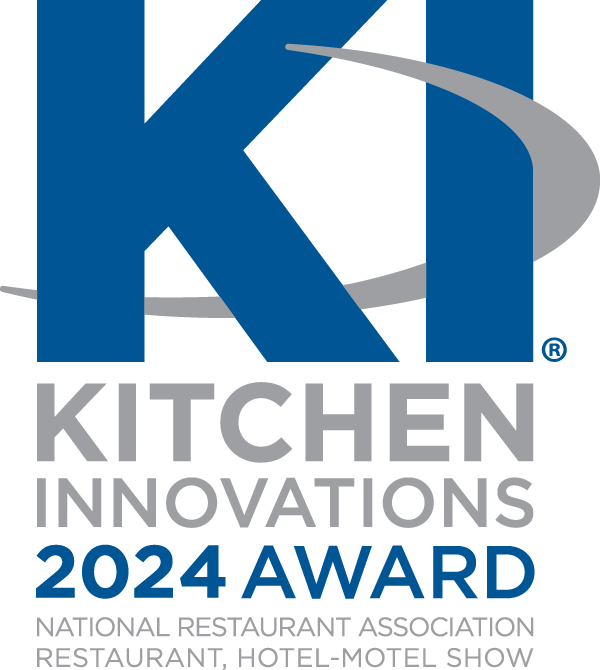
Since 2010, mobile order and pay platforms and applications have been gaining traction. Companies like Starbucks, Subway, and Panera Bread are ahead of the curve. As a result, other companies are playing catch up. Around the world, quick service restaurants (QSRs) are investing tens of millions of dollars to offer mobile on-the-go service to their customers. The most important element of these services is speed and convenience. This means one thing for those working in the industry, they can either adapt to the changes, or get left behind.
Keep up or get left behind
As these restaurants continue to streamline, they are doing two things to stand out. First, they’re offering more competitive pricing. Second, they’re creating VIP incentives to create relationships with their most loyal customers. What makes one restaurant stand above another is the integration of technology. This is minimizing the need for human interaction, and where it could have an impact is the industry’s workforce. Right now, technology at QSRs has the potential to cut out servers and cashiers altogether. However, it is creating an opportunity for growth in other areas; most notably in customer service.
The integration of automation
There’s no doubt that the foodservice industry is becoming more automated. Technology is changing, and will continue to change the way restaurants are laid out and how customers experience and interact with brands. From my perspective, the biggest change is that technology will eliminate the need to line up for a cashier to take your order. In many restaurants, the amount of seating will be reduced. When customers arrive, they will be greeted at the entrance by a host. The layout will evolve and the structure will allow customers to easily pick up their order. Once customers move past the entrance, there will be a series of pick-up windows or wickets, where customers will collect their orders. The most important element, convenience, means customers’ orders will be ready for pickup by the time they arrive. Most notably, the level of human interaction will be decided upon by the customer. Customers will have the option to grab and go, or stay and interact with staff.
Looking to the future
The last piece of the puzzle is what this means for the QSR industry workforce. There’s no denying the role of the worker will evolve. However, the streamlining of the industry does not necessarily mean lost jobs. What it means is that those jobs will evolve and become more customer service oriented. Less time will be spent taking routine orders, because that will be done ahead of time. Instead, the purpose of the employee with be to welcome customers and if they choose to stay, to make sure their experience is as service-oriented as possible. Technology has already affected the way QSRs function. From my perspective, this is just the beginning. Perhaps Howard Schultz’s ‘Third Place’ will come to fruition after all.
About Jason Strashek:
With more than a decade of experience in the ever-growing mobile commerce industry, Jason Strashek has gone from working across initial trials of mobile ordering for major brands such as McDonalds, Starbucks, and Panera Bread to creating his own company: Avanti Commerce. Avanti Commerce is the company behind Subway Restaurants’ highly successful entry into global mobile ordering. After selling the majority of the company to Subway, and faced with the opportunity to retire early, Jason relaunched Avanti; tailoring the platform, taking the most powerful parts, and adapting it for use amongst restaurants of any size.




